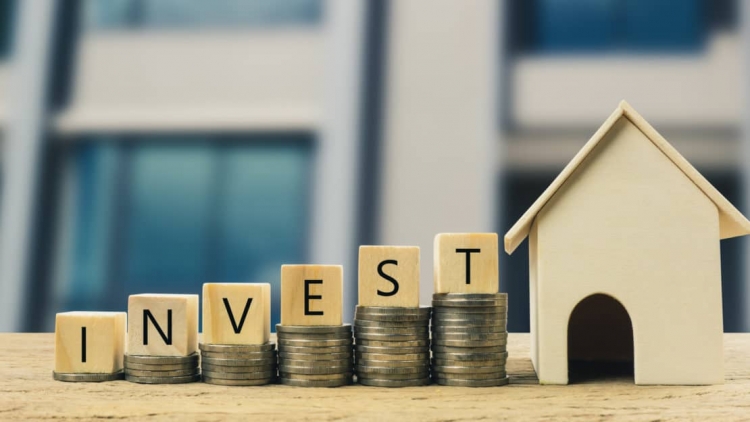If you’ve ever dreamed of earning money while you sleep, investing in rental properties might just be your golden ticket. Rental property investment is one of the most popular ways to build long-term wealth and secure a consistent source of passive income. But like any investment, it requires knowledge, patience, and a smart strategy.
In this guide, we’ll break down how to invest in rental properties in simple, easy-to-understand steps. Whether you’re a complete beginner or someone looking to grow your portfolio, this article will give you the essentials to get started.
1. Understand the Basics of Rental Property Investment
Rental property investment means buying real estate with the goal of renting it out to tenants and earning monthly income. There are two primary ways to make money:
- Rental Income: The monthly rent you receive from tenants.
- Appreciation: The increase in the property’s value over time.
Unlike stocks or crypto, real estate is a tangible asset, and that’s what many investors love about it. You can see it, touch it, and even live in it if things go south.
2. Start with a Clear Investment Goa
Before you dive into property listings, ask yourself a few key questions:
- Do you want steady monthly cash flow or long-term capital growth?
- Are you planning to manage the property yourself or hire a property manager?
- What’s your risk tolerance and available budget?
These answers will help shape your entire investment strategy. For example, if you want consistent monthly income, you’ll focus more on areas with high rental demand than on properties in rapidly appreciating neighborhoods.
3. Research the Right Location
In real estate, location is everything. A beautiful house in a poor location won’t attract quality tenants or deliver a good return. Look for areas with:
- Low vacancy rates
- Growing job markets
- Access to schools, transport, and shopping
- Future infrastructure plans
For example, projects like Jalan Loyang Besar EC Project Details are gaining attention due to their strategic location and excellent amenities. These factors significantly increase rental appeal and long-term property value.
4. Analyze the Numbers Carefully
A rental property must make financial sense. Before buying, run the numbers:
- Gross Rental Yield: (Annual rent ÷ Property price) × 100
- Net Rental Yield: (Annual rent – Expenses) ÷ Property price × 100
- Cash Flow: Monthly rent – (Mortgage + Taxes + Insurance + Maintenance)
Always aim for a positive cash flow property where your rental income covers all expenses and leaves you with extra money each month.
5. Secure Financing the Smart Way
If you’re not buying with full cash, you’ll need a mortgage. Shop around for good interest rates and favorable terms. Banks will look at:
- Your credit score
- Debt-to-income ratio
- Down payment capability
Typically, a 20% down payment is required for investment properties. Don’t forget to factor in closing costs, renovation expenses, and a safety buffer for emergencies.
6. Choose the Right Type of Rental Property
There are different types of rental investments:
- Single-Family Homes: Easier to manage, great for beginners.
- Multi-Family Units: Higher income potential, but more complex.
- Condos or Executive Condos (ECs): Often located in desirable areas with shared amenities, like the Jalan Loyang Besar EC, making them attractive for tenants.
Pick the one that aligns with your goals, budget, and time commitment.
7. Handle Property Management Wisely
Managing a rental property involves more than collecting rent. You’ll need to:
- Handle tenant screenings and lease agreements
- Take care of repairs and maintenance
- Ensure legal compliance with rental laws
- Respond to tenant complaints or emergencies
If you’re not up for this, hire a professional property manager. Yes, they take a cut (usually 8–10%), but they save you time, stress, and legal headaches.
8. Mitigate Risks
Real estate isn’t risk-free. Tenants might stop paying, the property may remain vacant, or repairs might pop up unexpectedly. Here’s how to reduce those risks:
- Always screen tenants carefully
- Get landlord insurance
- Keep an emergency fund
- Have a clear rental agreement
Staying prepared helps you avoid costly mistakes and keeps your investment on track.
9. Stay Updated and Keep Learning
Real estate markets shift with the economy. Interest rates, local laws, and property values can change. Stay informed by:
- Reading property blogs and news
- Joining real estate forums or investor groups
- Attending property seminars
Learning is a long-term game. The more you know, the better your chances of success.
Final Thoughts
Investing in rental properties can be incredibly rewarding if you approach it with the right mindset. From choosing a good location to crunching the numbers and managing tenants, each step plays a vital role in your investment journey.
And remember, properties in well-developed projects like Jalan Loyang Besar EC Project Details offer a great example of smart real estate planning — combining location, amenities, and long-term growth potential.
So take the first step, do your homework, and start building your rental empire — one brick at a time.

Leave a Reply